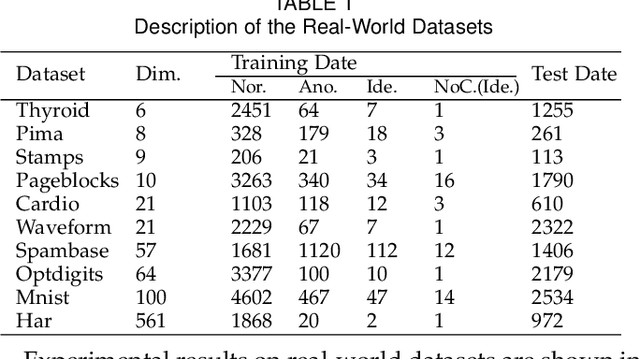Chunli Liu
Detecting Fake News on Social Media: A Novel Reliability Aware Machine-Crowd Hybrid Intelligence-Based Method
Dec 07, 2024



Abstract:Fake news on social media platforms poses a significant threat to societal systems, underscoring the urgent need for advanced detection methods. The existing detection methods can be divided into machine intelligence-based, crowd intelligence-based, and hybrid intelligence-based methods. Among them, hybrid intelligence-based methods achieve the best performance but fail to consider the reliability issue in detection. In light of this, we propose a novel Reliability Aware Hybrid Intelligence (RAHI) method for fake news detection. Our method comprises three integral modules. The first module employs a Bayesian deep learning model to capture the inherent reliability within machine intelligence. The second module uses an Item Response Theory (IRT)-based user response aggregation to account for the reliability in crowd intelligence. The third module introduces a new distribution fusion mechanism, which takes the distributions derived from both machine and crowd intelligence as input, and outputs a fused distribution that provides predictions along with the associated reliability. The experiments on the Weibo dataset demonstrate the advantages of our method. This study contributes to the research field with a novel RAHI-based method, and the code is shared at https://github.com/Kangwei-g/RAHI. This study has practical implications for three key stakeholders: internet users, online platform managers, and the government.
HMF: A Hybrid Multi-Factor Framework for Dynamic Intraoperative Hypotension Prediction
Sep 17, 2024



Abstract:Intraoperative hypotension (IOH) prediction using Mean Arterial Pressure (MAP) is a critical research area with significant implications for patient outcomes during surgery. However, existing approaches predominantly employ static modeling paradigms that overlook the dynamic nature of physiological signals. In this paper, we introduce a novel Hybrid Multi-Factor (HMF) framework that reformulates IOH prediction as a blood pressure forecasting task. Our framework leverages a Transformer encoder, specifically designed to effectively capture the temporal evolution of MAP series through a patch-based input representation, which segments the input physiological series into informative patches for accurate analysis. To address the challenges of distribution shift in physiological series, our approach incorporates two key innovations: (1) Symmetric normalization and de-normalization processes help mitigate distributional drift in statistical properties, thereby ensuring the model's robustness across varying conditions, and (2) Sequence decomposition, which disaggregates the input series into trend and seasonal components, allowing for a more precise modeling of inherent sequence dependencies. Extensive experiments conducted on two real-world datasets demonstrate the superior performance of our approach compared to competitive baselines, particularly in capturing the nuanced variations in input series that are crucial for accurate IOH prediction.
RCC-Dual-GAN: An Efficient Approach for Outlier Detection with Few Identified Anomalies
Mar 07, 2020



Abstract:Outlier detection is an important task in data mining and many technologies have been explored in various applications. However, due to the default assumption that outliers are non-concentrated, unsupervised outlier detection may not correctly detect group anomalies with higher density levels. As for the supervised outlier detection, although high detection rates and optimal parameters can usually be achieved, obtaining sufficient and correct labels is a time-consuming task. To address these issues, we focus on semi-supervised outlier detection with few identified anomalies, in the hope of using limited labels to achieve high detection accuracy. First, we propose a novel detection model Dual-GAN, which can directly utilize the potential information in identified anomalies to detect discrete outliers and partially identified group anomalies simultaneously. And then, considering the instances with similar output values may not all be similar in a complex data structure, we replace the two MO-GAN components in Dual-GAN with the combination of RCC and M-GAN (RCC-Dual-GAN). In addition, to deal with the evaluation of Nash equilibrium and the selection of optimal model, two evaluation indicators are created and introduced into the two models to make the detection process more intelligent. Extensive experiments on both benchmark datasets and two practical tasks demonstrate that our proposed approaches (i.e., Dual-GAN and RCC-Dual-GAN) can significantly improve the accuracy of outlier detection even with only a few identified anomalies. Moreover, compared with the two MO-GAN components in Dual-GAN, the network structure combining RCC and M-GAN has greater stability in various situations.
 Add to Chrome
Add to Chrome Add to Firefox
Add to Firefox Add to Edge
Add to Edge